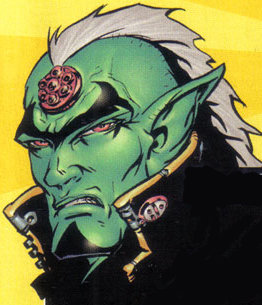From childhood, Mr. Hirst was bound to be different, and with a extremely uncontrollable relationship with his mother. The only thing his mother appreciated was his talent for drawing. Later on that developed a curtain characteristic of how he came around his art, and it is like as soon as he broke through the wall to the other side; meaning being a famous artist, he could pretty much put out whatever his mind took him to. It makes him untouchable to the critics and he will differ from other artists.
A main theme for Hirst has been death, immortality vs mortality. It is a repetitive theme throughout his career that talks to the observers, and definitely talks to the critics and buyers. Very controversial the artist remains to be till the day today, but now to the emphasis of this particular work.
I developed a little theory of my own through all that I read about Hirst, and I see a clear pattern in his work. In February 2006, he opened a art exhibit in Mexico, and Mexico has a special holiday called "Dia de Los Muertos" which means the day of the dead. On such a day, many different things happens, where people that celebrate it goes an visit the dead, but among all the different traditions is the candy skull with flamboyant colors, shinny elements, and deep appreciation. Going beyond these lines, I believe that Hirst got his inspiration through that media. Nevertheless that could be a irrelevant relation according to John LeKay whom claims much of his work was plagiarized by Hirst. The question at hand would be if Hirst is reviving an image for better or worse means?
At hand, we are dealing with 17th century skull, remade with help of 32 platinum plates, and the original skulls teeth. 8601 clear cut diamonds are used which contextualizes 11106,18 carats. The big diamond on the forehead is inspired by a comic that Hirst used to read as a child called '2000 AD' where it is drawn to relations with the third eye being the watcher. In my opinion, Hirst has literally magnified the meaning of death and also literally tried to put a price on it.
According the public outrage, both in the auditorium this morning and in general; I must say I have to take a counter perspective. I believe that people has different ways to find their medium of what they want to produce and what they do not want to produce. I can draw so many connections to this way of producing art that has been very socially acceptable without any debate at hand. It is seen in Mexico, in the Pharaon's Egypt, the Easter Island, West-African masks, and the list goes on. I think it is a brilliant idea of conspicuous consumption, and the fact that he diffused his mother's saying into his work is a perfect message to any artist, or just in general any person that has been scared of doing something due to unrelated oppression.
SOURCES:



No comments:
Post a Comment